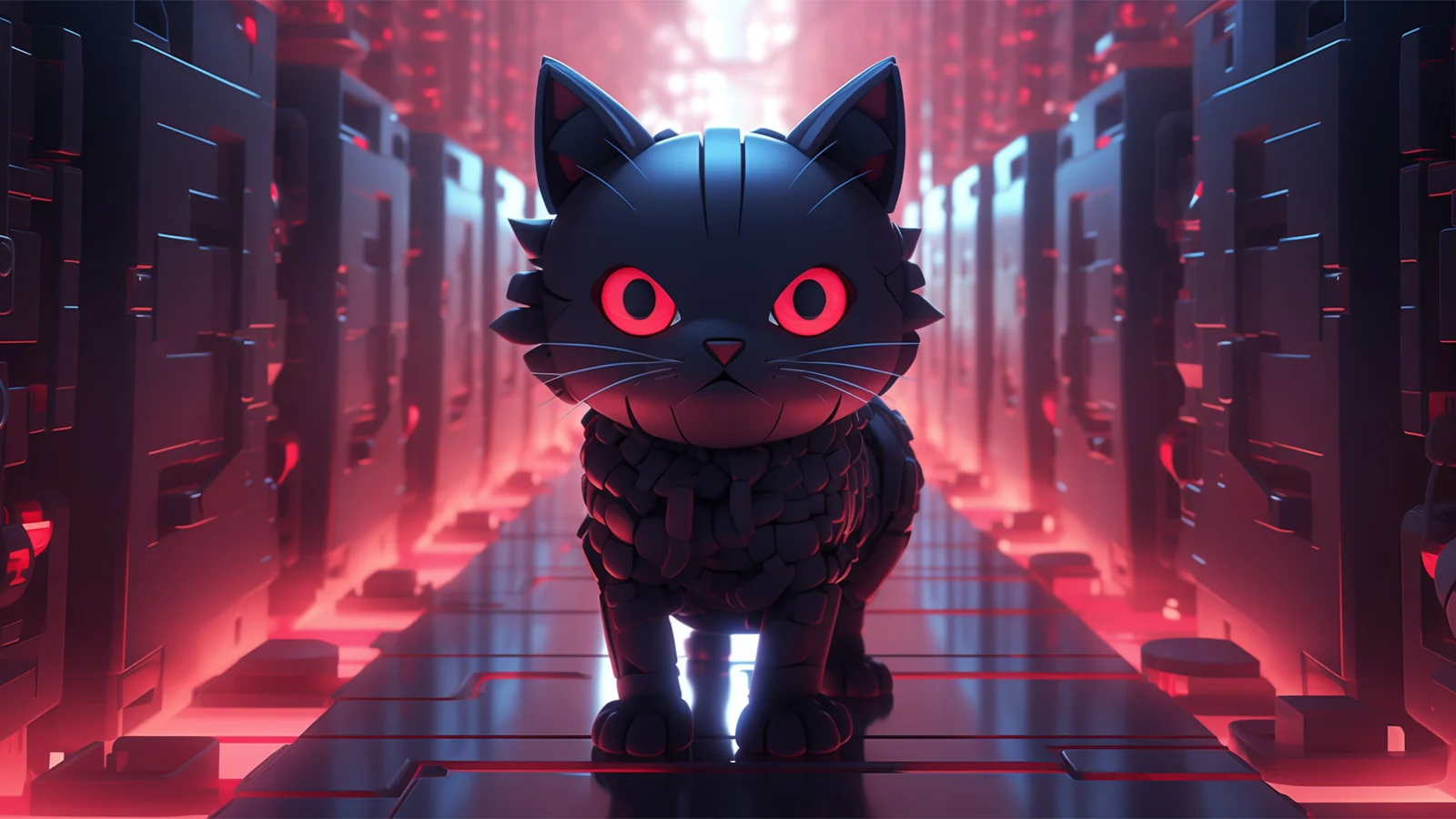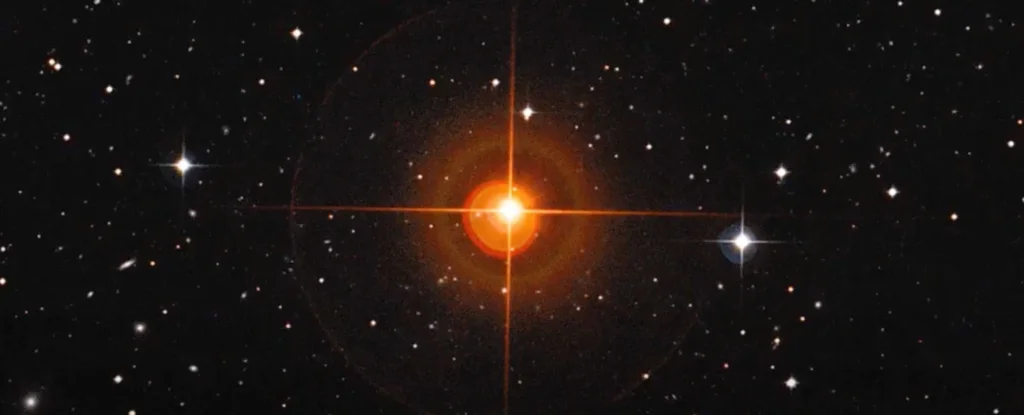A new camera system allows humans to see color just like animals, giving a vivid new perspective on the natural world. This innovative project, led by researcher Vera Vasas, who has been studying animal vision for many years, is changing our understanding of what animals actually see. In collaboration with colleagues at George Mason University’s Hanley Color Laboratory, Vasas developed a tool that allows us to experience the world through the eyes of different species.
How do animals see colors?
Animals perceive colors through photoreceptor cells in their eyes, and the number and type of these cells can vary greatly between species. While humans have three types of cone cells that are sensitive to red, green, and blue light, many animals have additional types that allow them to see colors outside the visible spectrum.
For example, birds generally have better color vision than humans. They have tetrachromatic vision, which includes the ability to see ultraviolet light.
This extra range is critical for behaviors such as mate selection and foraging. Many insects, such as bees, can also see ultraviolet light, which helps them detect patterns in flowers that we cannot see.
Reds, greens and colors that different animals see
On the other hand, mammals such as dogs and cats have dichromatic vision. They cannot distinguish red from green like people with red-green color blindness. This reduced color perception affects how they interact with their environment, limiting their ability to see the full spectrum of colors that we can see.
Understanding these differences is not just a fascinating detail; It is also important for studies of animal behavior and ecology. But until now, visualizing how animals see the world has been a huge challenge. False color images have allowed us to look into the animals’ point of view, but they have their drawbacks. It takes a long time, requires specific lighting conditions, and cannot capture motion effectively. These limitations make it difficult for scientists and filmmakers to accurately represent animals’ vision.
Eliminating these obstacles, the Vasas team developed an advanced camera and software system that can record and process video in natural light conditions. This means we can now see colors in real time, just like animals.
“Our system records in four color channels: blue, green, red and UV,” explains Vasas. “It then converts that data into ‘perceptual units’—essentially converting it into a format that replicates the animal’s vision based on known photoreceptor data.”
High accuracy and practical use
Impressively, compared to traditional spectrophotometry methods, this new system has over 92% accuracy in predicting the colors animals perceive. This is a significant development that makes the technology not only innovative but also reliable.
This creates unprecedented opportunities for scientific research. Scientists can now gain a deeper understanding of animal behavior and ecology by exploring the dynamic and colorful world seen by different species.
Filmmakers will benefit greatly from this technology. By creating more accurate and engaging representations of animal vision, they can bring viewers closer to understanding the natural world. Imagine documentaries where viewers can see ultraviolet patterns controlled by bees or the limited color palette seen by dogs.
“This technology bridges the gap between human and animal perception,” says Vasas. “This allows us not only to study animals more effectively, but also to educate and inspire people by showing them a world they’ve never seen before.”
One of the most impressive aspects of this system is its practicality. They are made from off-the-shelf commercial cameras housed in a 3D-printed modular housing. This makes it accessible to researchers and filmmakers without requiring expensive specialized equipment.
A colorful spectrum seen through the eyes of animals
How animals see and perceive colors is more than a scientific curiosity; is key to understanding their survival strategies. For example, praying mantis shrimps have one of the most complex visual systems known, with twelve to sixteen types of photoreceptor cells. This allows them to detect polarized light and see a spectrum that exceeds human capabilities, helping them detect prey and predators in the complex underwater world.
Snakes use infrared vision to hunt warm-blooded prey in the dark, while reindeer see ultraviolet light to detect predators in the snowy landscape. These abilities aren’t just fun facts; These are basic adaptations that have evolved over millions of years.
Evolution has adapted each species’ vision to its specific needs. Animals develop unique color vision abilities depending on their environment and the challenges of survival. This leads to a wide variety of visual possibilities across the animal kingdom.
“Understanding how animals see the world helps us make better decisions about conservation and habitat management,” says Vasas. “This can inform how we design buildings, roads and even lighting to minimize negative impacts on wildlife.”
A new look at the natural world
In summary, this new camera technology allows us to get into the shoes, or rather the eyes, of other beings. It is a tool that brings us closer to the natural world and develops empathy and understanding. As we continue to explore these new perspectives, we not only gain knowledge but also a deeper connection with the diverse creatures that inhabit our planet.
The possibilities are huge. From academic research to immersive educational experiences, this technology will transform the way we see and interact with the animal world. It’s a reminder that even in our high-tech world, there’s still more to discover when we look through a different lens. The full text of the research was published in the journal PLoS Biology.













